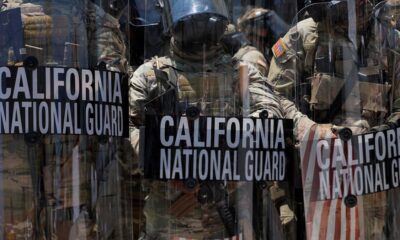FEATURES
JVP/NPP’s “new political culture” sans “People’s Sovereignty”
Published
2 months agoon
By
editor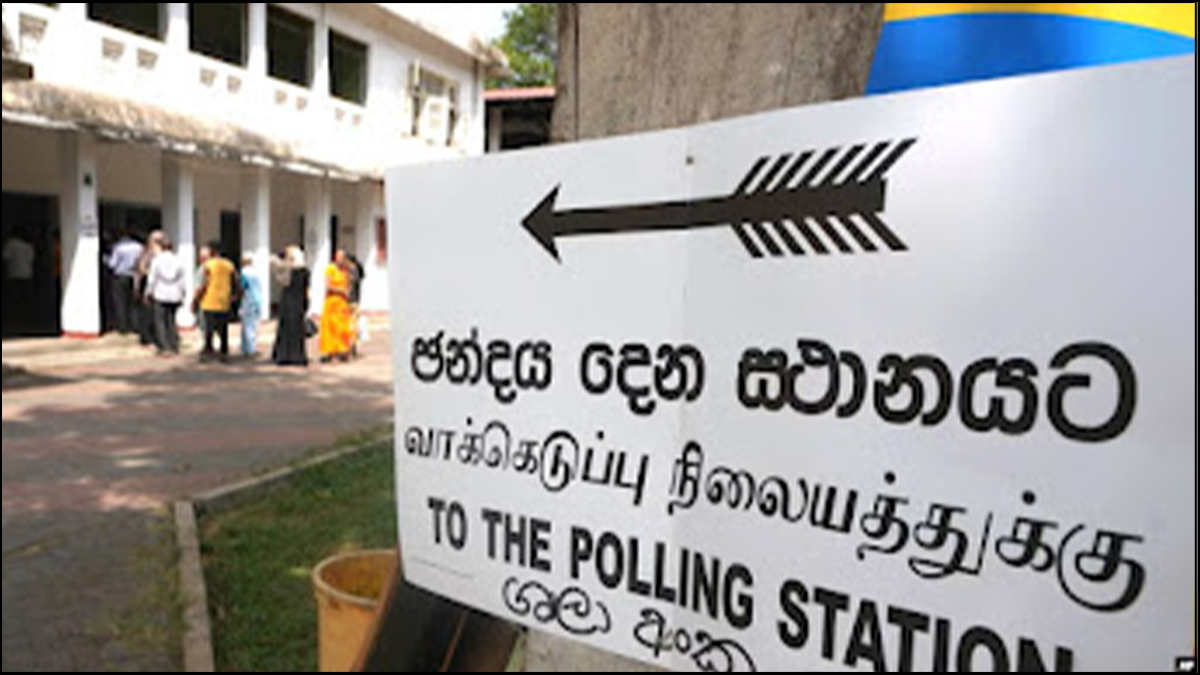
“Remember…. We will change all this when we come” said JVP/NPP leader Anura Kumara Dissanayake (AKD), addressing a public rally during an election campaign in early September 2024 held for his presidential candidacy. “Change” became a keyword in their election campaigns all through parliament elections as well. When AKD said “all this” he meant mega corruption in governance, waste, negligence and inefficiency in the State, summing them all as the “dirty political culture” groomed and left by previous governments. We were thus promised a “change” with a new political culture that would be “clean and people centric”.
This clean and people centric “new culture” promised, lacked “transparency” from day one. Lack of transparency leads to lack of communication and accountability too. My personal experience with this NPP government to this day, is their total refusal to even acknowledge a letter addressed to the President, the Prime Minister and Ministers. Refusal to acknowledge letters of request to meet with President, the PM and Ministers, is strictly adhered to when requests come from individuals and organisations outside their politics.
Absence of transparency and accountability in this JVP/NPP government seems incomparably greater than what it was with previous governments, accused of corruption and waste. No major figures in previous governments ignored letters and requests for meetings. They at least acknowledged, even if an appointment was not granted. They rarely refused to meet with trade union leaders whatever political colour, with professional associations and with social organisations and activists.
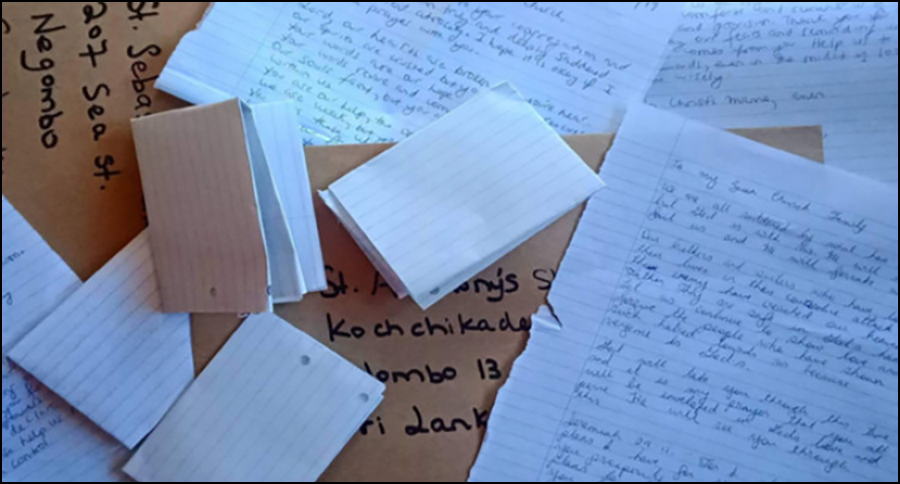
Beyond that, JVP/NPP leadership’s denial of publishing information was evident when they ignored Opposition requests for names of former government MPs whom they accused without naming to be tabled in parliament, for recommending foreign liquor licenses. To date, those names have not been tabled in parliament and the accusation remains a mere slander. Just 02 months since forming the government, the JVP/NPP leadership got directly involved in one of the largest corruptions to date, releasing 323 containers without inspection by Customs that were “red flagged” and therefore mandated to be physically checked by Customs Officers before release. The Deputy Minister of Ports Janith Kodithuwakku accepted in parliament the responsibility of the government in releasing them without inspection. A clear violation of law and screaming “corruption”. How people-centric and how “clean” was that beginning for a “new political culture”?
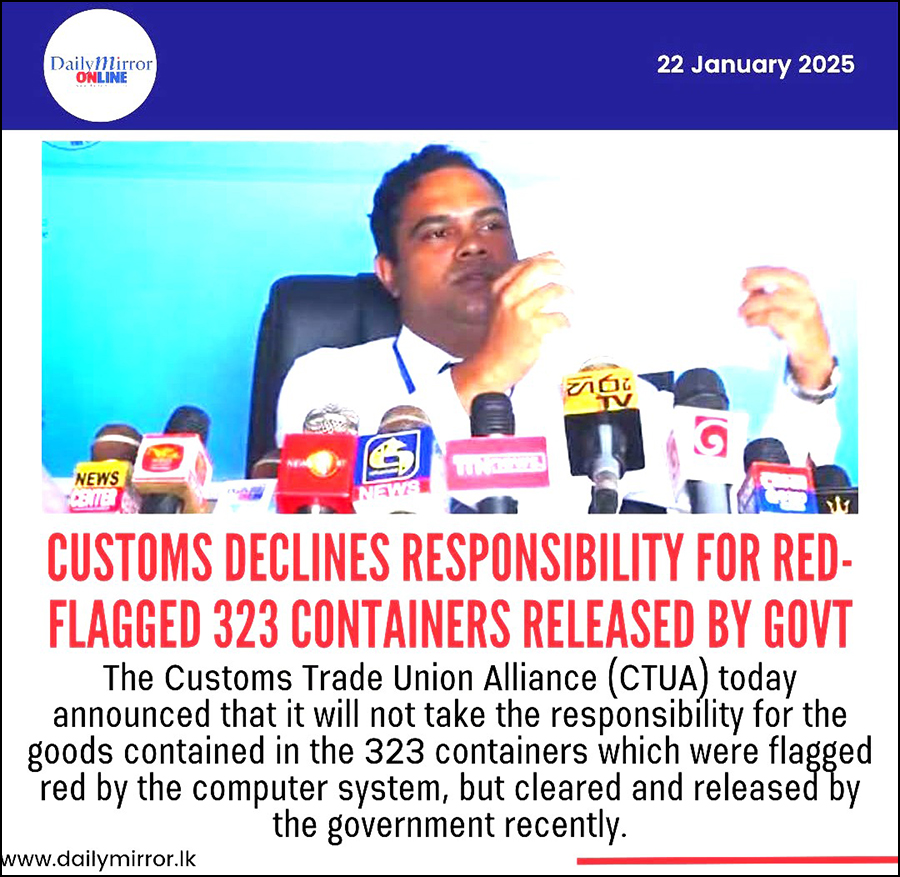
Sadly, for the people, the Opposition in parliament has failed to hold the government and Minister of Ports Bimal Rathnayake fully responsible in providing all details about the illegally released 323 containers. Seriousness of this extremely arrogant, high-handed and no doubt corrupt act of the government is mentioned in the public statement made by the Customs Trade Union Alliance (CTUA) on the issue. They clearly say, they would not take responsibility “if these particular containers are found to contain low-quality medicines rejected by the National Medicines Regulatory Authority (NMRA), cosmetic items deemed unfit for use, illegal cigarettes, other illegal imports, drugs or even weapons.”
Timidity of the parliamentary Opposition is one major factor that allows this JVP/NPP leadership, though novice in governance to stubbornly hold back all information they fear would adversely affect them, if made public. Timid and naïve, the Opposition even allows the JVP/NPP government to go without tabling the 07 Memorandums of Understanding (MoU) the government signed with India during the most recent official visit of Indian PM Narendra Modi. When asked for these MoUs to be tabled in parliament, the callous response was by Minister of Foreign Affairs Vijitha Herath who said, if the Opposition wants them, they could request under the RTI Act. This 57-year-old senior politician Vijitha Herath had been a MP from October 2000 and a cabinet minister in President Kumaratunge’s government in 2004-2005. Thus, he cannot be ignorant about rights and privileges of MPs and the responsibility of a government in providing free access to documents a government sign on behalf of Citizens of Sri Lanka. He cannot be as stupid as he sounded, asking MPs to use the RTI Act to have access to the MoUs signed, though a lady Attorney as a JVP/NPP MP kept yelling in a TV panel discussion, the Opposition should request for the MoUs via the RTI Act. How naïve the Opposition is, was proved when they allowed the government to go free with that invalid, irresponsible response.
It is common sense, the RTI Act is irrelevant for MPs. The government is bound to table that in parliament, at least when requested. IF the JVP/NPP leadership believes there is no such legal binding for now, they should at least now accept, the new “clean and people centric” political culture they promised, requires them to be transparent and accountable to “People”. Holds them responsible in establishing the tradition of providing all serious information to parliament. The Opposition should also know, the RTI Act No.12 of 2016, does not allow for any information related to national security and defence to be provided under Section 05.1(b)(i) of the Act. Thus, the RTI Act is of no relevance even to Citizens in requesting information regarding the MoU signed on defence corporation with India.
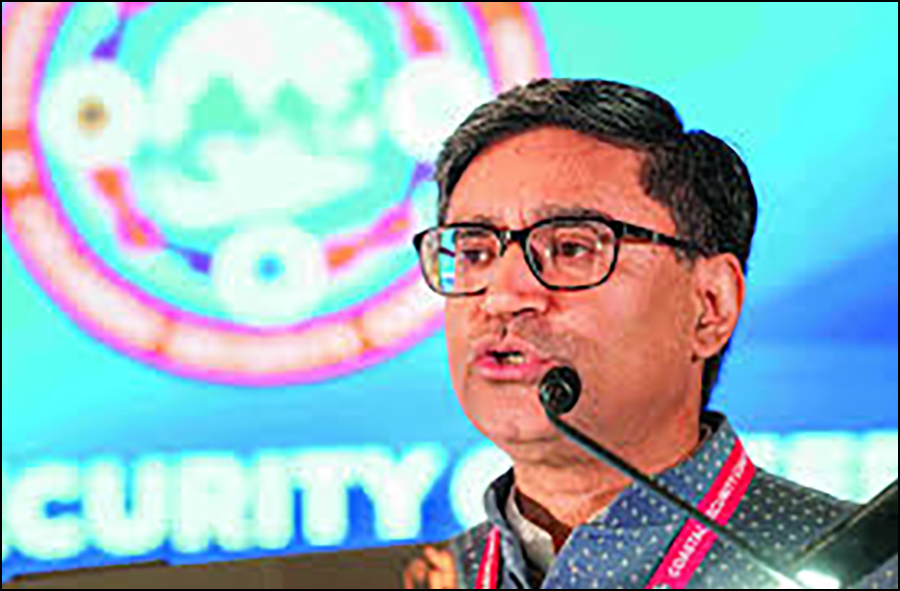
Though both signatories remain silent on details incorporated in the Defence MoU, Vikram Misri the Secretary to Foreign Affairs in New Delhi was quoted in the “Hindustani Times” of 06 April as having said, “A defence cooperation agreement finalised by India and Sri Lanka on Saturday, the first pact of its kind, will make existing initiatives more structured and lead to more joint exercises and potential defence industry collaboration”. What does the MoU specifically say about “defence industry collaboration”?
This JVP/NPP government of President AKD is now in an understanding with India on defence industry collaboration, an arms supplier to Israel for all its human massacres and tragedies in the Gaza. This same government is also accused of ignoring all complaints about illegal Israeli presence in our tourist sector, constructing illegal buildings for “Chabad Houses”. All this leads to compromising the “Sovereignty of the People” the Constitution says is “inalienable”.
Let me wind off saying, “People’s Sovereignty” therefore demands all information related to governance, out in public domain. MoUs signed with India to be tabled in parliament, forthwith. Requires all information related to the 323 “red flagged” containers to be tabled in parliament. Claims of few million Rupees saved from fuel, from MPs salaries but not told how and where they would be used, is not transparency and accountability. President not going for Sinhala-Tamil New Year ceremonies, is not what ensures People’s Sovereignty guaranteed in the Constitution. We don’t accept a political culture without transparency and accountability as anything better and decent than what has been cultivated by corrupt regimes in the past.
“In the Republic of Sri Lanka sovereignty is in the People and is inalienable. Sovereignty includes the powers of government, fundamental rights and the franchise.”
Chapter I – The People, State & Sovereignty / Section 03 of the Sri Lanka Constitution.
Kusal Perera
2025 April 25
You may like
-


President AKD meets German Minister for Economic Cooperation & Development
-
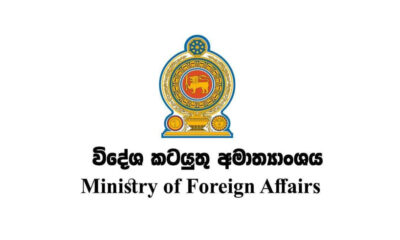

SL urges Lankans in Israel & Iran to remain vigilant
-
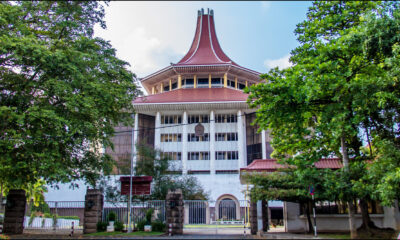

Controversy over President AKD’s nomination of Justice Laffar to SC?
-
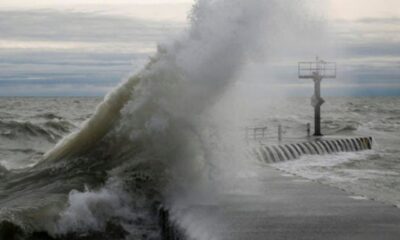

Red alert issued for strong winds & rough seas
-


Anuradhapura Prison Chief further remanded
-
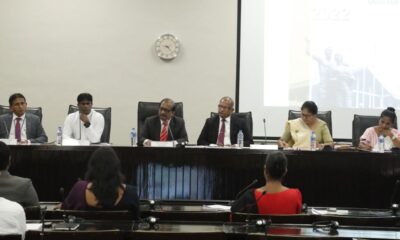

Order under the Convention Against Doping to be taken up on June 17
FEATURES
Indian scientists search for the perfect apple
Published
7 hours agoon
June 13, 2025By
editor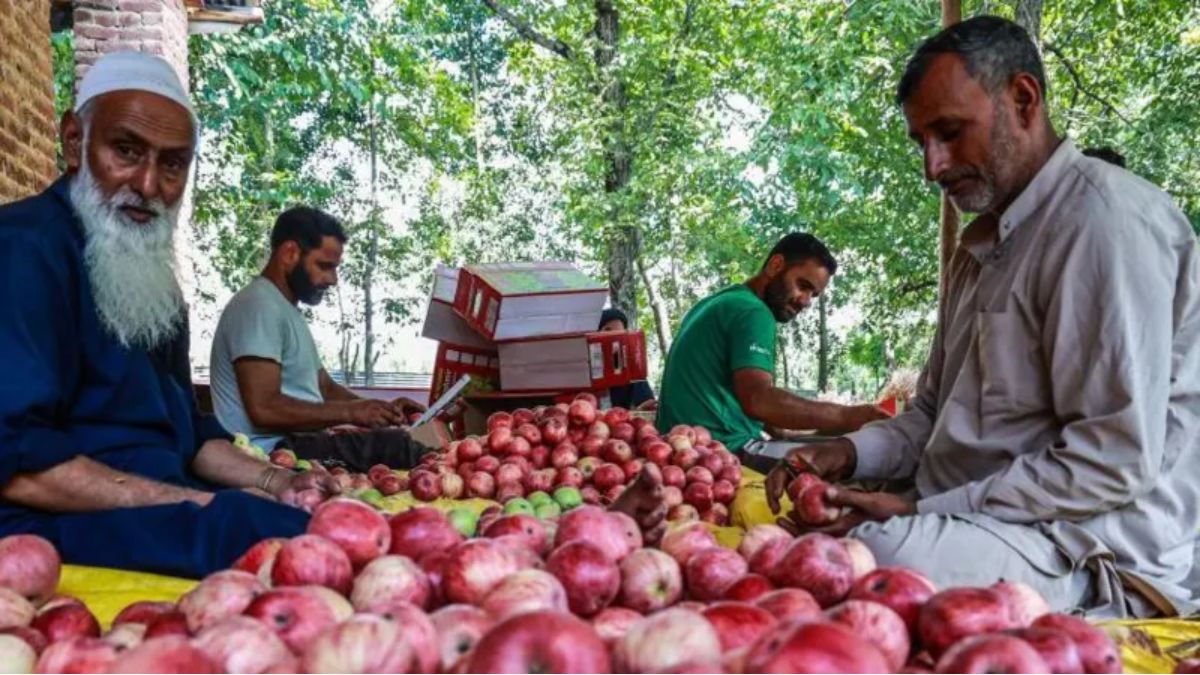
Jammu and Kashmir is India’s biggest apple producing region
“My neighbours thought I’d lost my mind,” says farmer Kakasaheb Sawant.
In 2022 he had decided to plant some apple trees, not crazy for a farmer unless, like Mr Sawant, you live in subtropical southern India, where temperatures can hit 43C.
He bought 100 saplings, of which 80 survived. Last year each tree produced between 30 and 40 kilogrammes of fruit.
“My farm has become something of a local miracle. People travel from far-off places just to see the apple trees growing under the hot Maharashtra sun.”
It’s not been an unqualified success though. One problem is that the apples are not sweet enough to sell.
Mr Sawant remains enthusiastic. He’s had some success selling apple tree saplings and is optimistic about future harvests.
“This is the beginning. The trees are getting acclimatised so according to me in next four to five years these trees will start bearing good, sweet apples.”
In his own small way, Mr Sawant is hoping to meet India’s rising demand for apples.
Production has risen 15% over the last five years to 2.5 million tonnes.
But that is not keeping up with demand and India’s imports have roughly doubled to 600,000 tonnes over the same period, according to S Chandrashekhar, who analyses India’s apple trade.
“We do have a shortage of apple production,” he says. “There are not many new players… at the same time, and there is no new investment.”
Essential for a good apple crop is a lengthy period of winter temperature between 0C and 6C.
Countries like the UK, with around 1,000 hours of this chill-time, can produce almost any apple variety.
But in India areas with those conditions are more limited.
Most of India’s apples come from two regions in the north of the country -Jammu and Kashmir and neighbouring Himachal Pradesh.
Mr Chandrashekhar says that many farms in those regions are becoming less productive.
“There are lot of old orchards producing fewer apples – that means the yield is coming down,” he says.
He says that climate change is making conditions less favourable.

Researches have grown apples in subtropical Ranchi, eastern India
In the hope of expanding apple production into new areas, some scientists and farmers are experimenting with so-called low-chill varieties.
Those are apple trees that can produce crops with around 400 hours of temperatures between 0C and 6C.
Ranchi, eastern India is also not an apple growing region – its subtropical climate is too hot.
But researchers at the Birsa Agricultural University (BAU) are testing 18 saplings of three low-chill varieties.
Success has been limited so far – only one of the varieties has produced any fruit.
“The plants have not reached optimal sizes. The tree has given us only around one to two kilogrammes of apples in 2024. I would not say that they are of best quality, but they were edible,” says Dr Majid Ali.
He says that as well as an unfavourable climate, the local soil is not ideal for apple trees and the trees get attacked by termites.
“This is an experimental stage. To reach a conclusion it would take three to four years to say if it is successful.”
He says that some local farmers have also been experimenting with low-chill apple varieties, also with little success.

India’s apple growers are struggling to keep up with demand
Some are sceptical that apples cultivated in hot areas will ever be a commercial proposition.
“The fruit that grows in non-traditional regions has a very short shelf life. The taste is not so sweet,” says Dr Dinesh Thakur, associate director of a regional horticulture research and training centre at Dr YS Parmar University of Horticulture and Forestry.
“These low-chill apples can be grown as novelty fruit in a kitchen garden, but their viability as a commercial crop is not proven… most of them are a failure,” he says.
Dr Thakur is based in the traditional northern apple growing region of Himachal Pradesh and his research focuses on the improvement of apples through breeding.
“Climatic change is creating havoc in apple cultivation,” he says.
He says the number of those crucial chilling hours are falling and due to erratic weather conditions farmers are facing colossal financial losses every year.
In search of better conditions, some orchards are being planted in higher locations, which were once considered too cold, he says.
Under a government sponsored project his team are experimenting with 300 varieties of apples, to assess the impact of climate change.
“We are also working on climate-resilient apple genotypes that can withstand the existing climate,” he says.
So far, they have developed an apple that matures with a ripe colour two months earlier than existing apple trees.
“This helps offset erratic weather patterns brought by climate change and has a quality advantage over those areas where colour formation is problem due to lack of sunlight,” Dr Thakur says.
“This is just the beginning of research to create climate resilient fruit and create a fruit that is acceptable to the Indian taste bud.”
For Mr Chandrashekhar, boosting India’s apple output will take more than just scientific work.
“Apple orchards in the traditional apple cultivation areas are 15 to 20 years old. What is needed is replanting of new saplings,” he says.
“The industry needs investment, huge investment. Who will do that?” he asks.
He would like to see the juice and jam business developed, to provide the industry with another source of income.
“That has to be a booster which can improve the apple economy and provide a better position for apple growers.”
– Priti Gupta
(BBC News)
FEATURES
NONE worried about massacre of the UN “Founding Charter”
Published
2 weeks agoon
June 2, 2025By
editor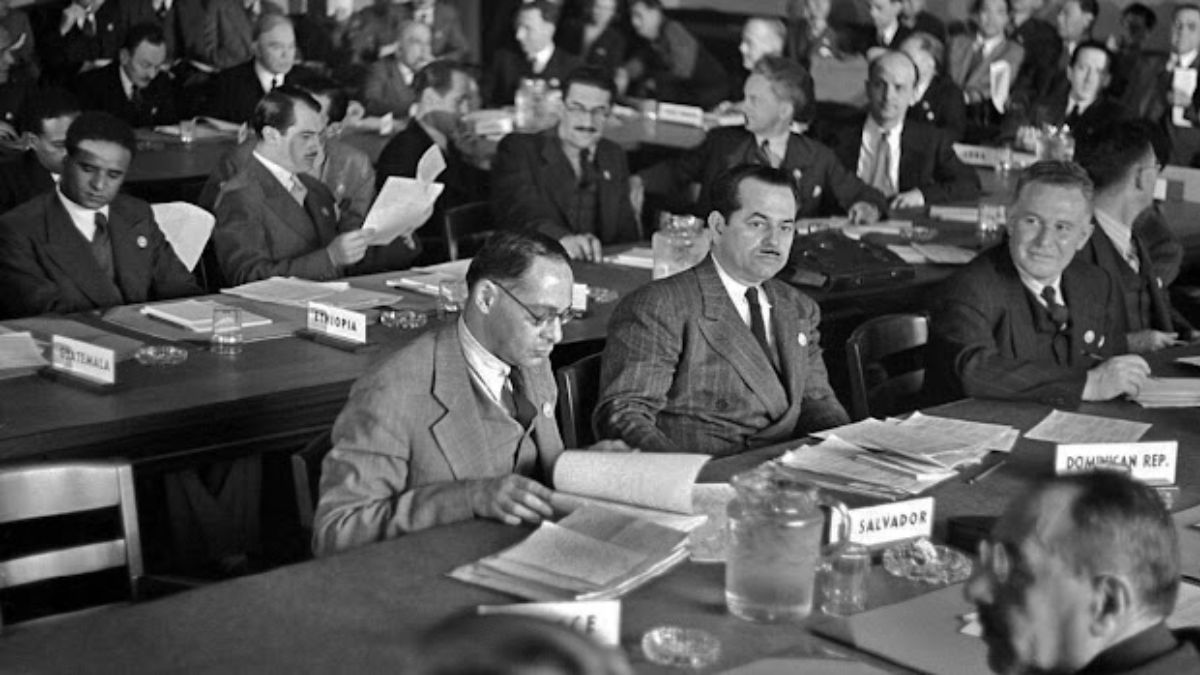
UN Founding Conference 1945 April 25 to June 26 – Courtesy UN Photos
Here is the opening pledge of the UN Charter on which the United Nations was officially declared established in October 1945 after WW II was brought to an end.
“We the People’s of the United Nations determined to save succeeding generations from the scourge of war, which twice in our lifetime has brought untold sorrow to mankind, and
to reaffirm faith in fundamental human rights, in the dignity and worth of the human person, in the equal rights of men and women and of nations large and small, and
to establish conditions under which justice and respect for the obligations arising from treaties and other sources of international law can be maintained, and to promote social progress and better standards of life in larger freedom…..”
This is the pledge the post WW II generations were given by all 193 member nations and they are all morally and internationally responsible to uphold it. Yet 05 years after the WW II and 05 years after the UN was formally announced, and when the world was less complex, the Korean war exploded in 1950 resulting in breaking up the country into North and South Koreas. When an end to the war was finally reached in 1953, Vietnam war was in the making.
How many member nations now stand firm against “the scourge of war” at least after the 20 year Vietnam war? Vietnam war left over 03 million casualties in a wholly devastated country at the end of the war in 1975, including 58,000 US soldiers dead and missing. (https://es.highpointnc.gov/2113/Vietnam-War#:~:text=More 20than%203%20million%20people,of%20U.S.%20forces%20in%201973)
After the Vietnam war, this is what global peace now means to the world citizenry.
The 20 year Afghan war with Soviet Russia (Russia after 1991) and the US both militarily involved, left 176,000 dead by 2021.
In Iraq, since the US invasion in 2003, the peer reviewed medical journal PLOS gives a figure of 460,000 deaths by June 2011.
Syrian war deaths given by the United Nations Human Rights Office (OHCHR) count “at least 306,887 civilians” by June 2022.

Syria the world’s largest refugee crisis since 2011, more than 14 million Syrians have been forced to flee their homes in search of safety. More than 7.4 million Syrians remain internally displaced, according to UNHCR (March 2025)
Russo-Ukrainian War include 14,200–14,400 military and civilian deaths during War in Donbas, and up to 1,000,000 estimated casualties during the Russian invasion of Ukraine till mid-September 2024. (Wall street journal)
Counted as the most brutal military onslaught let loose on human society post-WW II, the Israeli invasion of Gaza :-
Nearly 56,000 people (54,271 Palestinians and 1,706 Israelis) have been reported killed as of May 27, 2025 according to Gaza Health Ministry, as well as 180 journalists and media workers, 120 academics, and over 224 humanitarian aid workers, a number that includes 179 employees of UNRWA (UN Relief and Works Agency). OHCRH calculated 70% includes women and children.
All countries including the USA, UK, Germany, France, Canada, India, Italy, Serbia, Netherlands that supplied arms and ammunition to Israel especially after October 2023 are responsible for all fatalities and chaos in Gaza.
“Geneva Academy of International Humanitarian Law and HR” say they are monitoring armed conflicts In Mid-East and North Africa including in Cyprus, Egypt, Iraq, Israel, Libya, Morocco, Palestine, Syria, Turkey, Yemen and Western Sahara.
In Africa, they monitor armed conflicts in Burkina Faso where over 01 million is reported displaced, Cameroon, Central African Republic, DR of Congo, Ethiopia, Mali, Mozambique, Nigeria, Senegal, Somalia, South Sudan and Sudan.
In Asia it’s India, Pakistan, China, Myanmar, and Philippines.

Latin America has Mexico and Colombia.
Europe has Russo-Ukraine war, and Armenia.
Many more millions would add to the numbers above as casualties from armed conflicts in the continents mentioned therein.
What has the UN member nations being doing all these decades about the pledge they gave the post WW II new generations on world peace? For reaffirming faith in fundamental human rights, in the dignity and worth of the human person, in the equal rights of men and women and of nations large and small?
World citizenry, collectively and individually has to accept their irresponsibility in ignoring the UN Charter for a world without armed conflicts. They have not held their own nation States, their own political leaders responsible for world peace, for a world without armed conflicts as signatories to the UN Charter, all these decades in post WW II world.
They have not questioned the right of their nation State to continue accepting leading arms and weapons dealers and manufacturers as “permanent members of the Security Council” that’s mandated to establish world peace.
With 06 ongoing wars each accounting for over 10,000 deaths annually and 16 other armed conflicts with less casualties and refugees, World citizenry now has to demand dissolving of the present Security Council and to establish a “Committee for Disarmament and Peace” with member nations who are not in arms and weapons manufacture and trade. Today it’s about global disarmament for global peace. Rotated between countries within continents every 03 years, the Committee could have 07 permanent members representing the 06 continents with Asia given 02 to represent over 60% of the world population.
It would mean none of the top 50 arms exporting countries including India, South Korea, Japan, Sweden, Luxembourg, Poland, Turkey, Switzerland, Brazil, Morocco, and the present permanent members in the Security Council could sit in the proposed Committee for Disarmament and Peace.
Serious attention on global disarmament for peace is now necessary due to extension of armed conflicts lending to the concept of “National Security” that promotes arms, weapons and military equipment markets. National Security is essentially an ideological extension of “a would be war”, the market creator for weapons and military equipments through strengthening of national armed forces and intelligence agencies kept ready for war there isn’t. Ideologically groomed to have a constant ear for armed conflicts, and provoked to strengthen the State that ends up as repressive and anti democratic.
Thus arms trade, war and armed conflict is not a topic restricted to war torn countries alone and their immediate neighbors. It is a major topic for all UN members, who have pledged for world peace on the UN Charter. Global peace is about total disarmament across the globe and a world citizenry that insists on honoring the UN Charter.

– Kusal Perera
2025 June 01
FEATURES
Inside the fascinating world of India’s blind cave-dwelling fish
Published
2 weeks agoon
May 30, 2025By
editor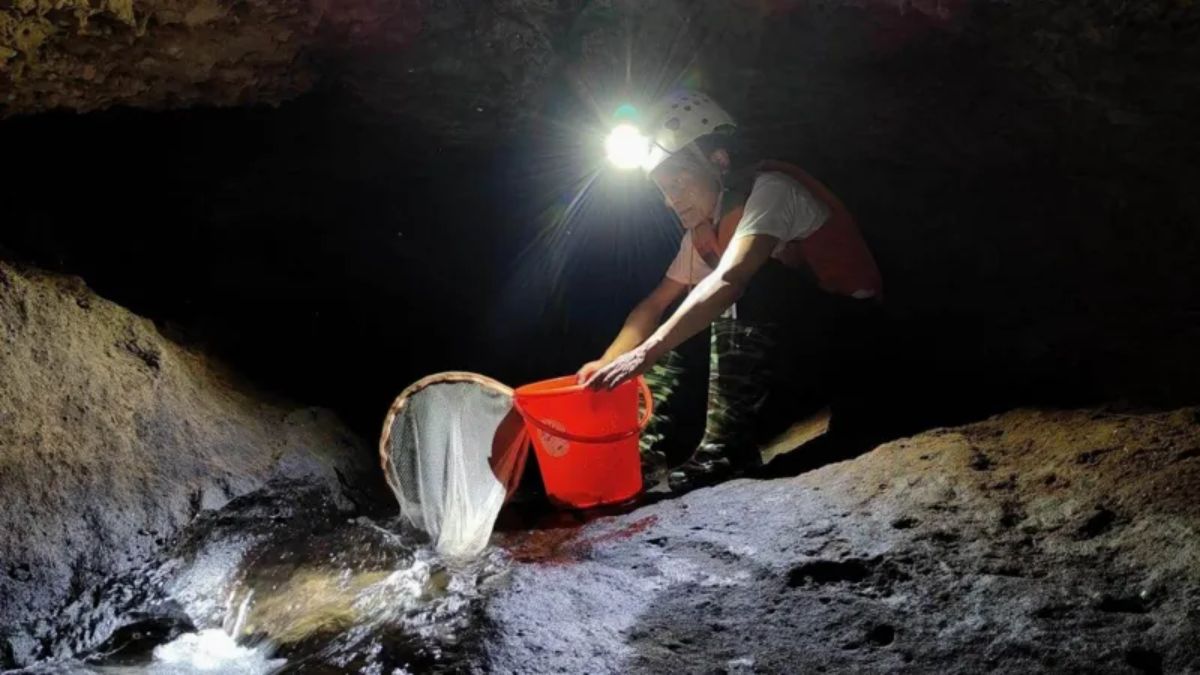
Khlur Baiaineh Mukhim removes a Schistura densiclava specimen from a stream inside Krem Mawjymbuin cave
Two years ago, zoologist Khlur Baiaineh Mukhim spotted something intriguing in a stream in a remote underground cave in India’s north-eastern Meghalaya state.
It was a fish he had never seen before, with long barbels – the whisker-like protrusion around a fish’s mouth – yellowish-green in colour and, most importantly, with eyes.
Cave-dwelling fish, or species of fish that live exclusively in caves, usually don’t have eyes, as they have adapted to living in darkness, which is why the fish Mr Mukhim spotted stood out to him.
Researchers in Meghalaya now say it is a brand new species of fish, one that has adapted to living above as well as under the ground – a unique characteristic among cave-dwelling species.
Their findings were published earlier this month in the latest issue of the Journal of Fish Biology, a leading peer-reviewed publication on fish research.

A Schistura densiclava found in the Krem Mawjymbuin cave
The researchers have named the fish Schistura ‘densiclava’ after the thick black stripe on its tail.
They say that the species is endemic to the cave it was discovered in – Krem Mawjymbuin – in the eastern Khasi Hills, and has been found to exist in both water pools 60m (196ft) deep inside the cave, as well as a nearby stream above ground.
Dandadhar Sarma, a professor of zoology and one of the researchers of the study, says that the environment inside the cave is harsh, where temperatures drop to 18C (64.4F) – the ideal temperature for tropical fish to survive is much higher – and oxygen levels are extremely low.
“So it’s remarkable that the fish can adapt to both – harsh subterranean conditions as well as more favourable surface conditions,” Mr Sarma says.
Schistura densiclava is the sixth cave-dwelling species of fish that has been discovered in Meghalaya over the past two to three decades, but the only one which has been found to show this ability to adapt to two very different kinds of environments.
The state is known to have some of the most complex cave systems in the world but many of its estimated 1,500 to 1,700 limestone and sandstone caves remain unexplored, as they are located in remote, forested regions that are challenging to access.
These cave networks are home to numerous animal species that display fascinating evolutionary characteristics but they remain largely unknown because of insufficient research, Mr Sarma says.
Over the past five years, a team of researchers from the state, funded by the federal government, have been systematically exploring Meghalaya’s vast network of caves to locate and document new species of fish living inside them.
In 2019, the research team discovered Neolissochilus pnar, the largest cave-dwelling fish species in the world, Mr Sarma says.
The fish was found inside the Krem Umladaw cave in the western Jaintia Hills in a deep pond hundreds of metres below the ground.

The entrance of the Krem Umladaw cave
Mr Mukhim, who is part of the team and has undertaken dozens of cave expeditions, says that cave-dwelling fish display evolutionary traits that are as fascinating as the those displayed by animals living at the Earth’s poles or deep inside its oceans.
“Cave ecosystems are one of the harshest environments to live in,” he says.
“These fish usually live in perpetual darkness, stagnant, shallow water pools with dangerously low oxygen levels and sometimes, go for months with little to no food.”
Nature has helped them survive by doing away with the unwanted and strengthening what’s necessary for survival.
Consequently, they’ve lost their eyesight and ability to produce colourful pigments, which would otherwise be a needless waste of energy inside a pitch-dark cave.
Instead, they have a sharper sense of taste and smell, and sensory organs on their skin help them detect vibrations to navigate the substrate and avoid predators.
Their sources of food include only what’s available inside the cave, like leaf debris and marine organisms flushed in by seasonal floods, and even bat excreta.
And within this extremely harsh environment, these cave-dwelling fish species live out their lives, some living up to a decade, and even produce offspring.
Remarkably, their offspring are born with eyesight – a feature that links them to the surface-dwelling ancestors from which they’ve evolved – and gradually, they lose their eyesight as they age.

Neolissochilus pnar, the largest cave-dwelling fish species in the world
But searching for these fish is no easy task.
It involves rappelling down hundreds of meters into cavernous holes in the earth, squeezing through tiny tunnels with little oxygen and wading through pools filled with creatures yet unknown in pitch darkness.
“Our headlights are the only source of light,” Mr Mukhim says.
Catching fish involves squatting near pools for hours, and swiftly sweeping up the skittish creatures in a net as they present themselves.
Mr Mukhim, who has been studying fish found in the caves of Meghalaya for over a decade, says that there’s a need to study these species as that is the only way we will be able to conserve them.
“Once a species is wiped out, you can never bring them back,” Mr Mukhim says.
“It’s painful to think that an entire ecosystem in our midst, one of the most fascinating ones, has been studied so little,” he adds.
“It’s time we paid a little more attention to these cave-dwelling marvels of nature.”
– Cherylann Mollan
(BBC News, Mumbai)

President AKD meets German Minister for Economic Cooperation & Development

SL urges Lankans in Israel & Iran to remain vigilant








